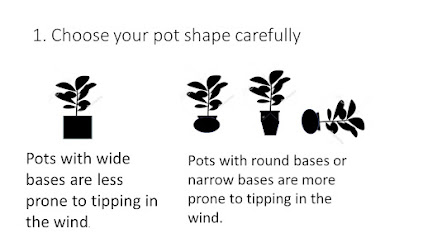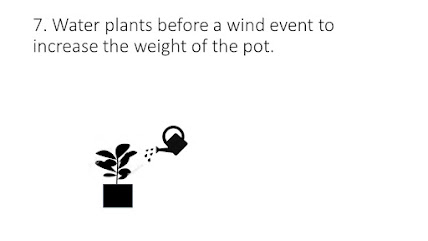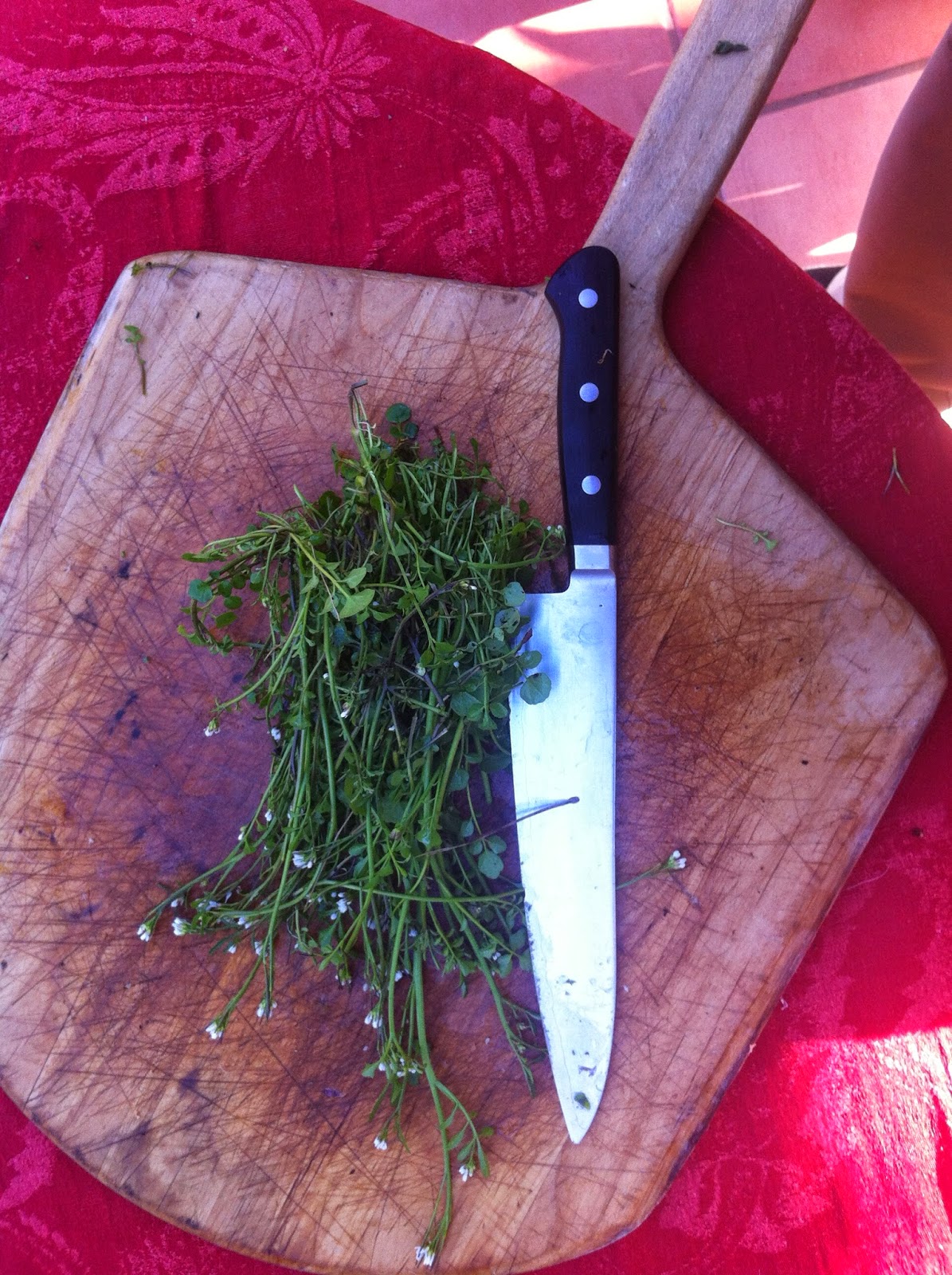Devil's Club –for that Tropical Look and Feel
One of the most successful shrubs we have in the garden is a
large, and now relatively old, specimen of Devil’s Club, Oplopanax
horridus. Our plant has lived in a pot
for 21 years..or rather a succession of ever larger pots, and now sits on the
cover to our water cistern. I can no longer lift it, so its in the biggest pot
its going to get. In front of it is a clump of exuberant
Trillium kuryabashii which more or less disguises the pot for a good part of
the early growing season.
The pot is connected to our drip irrigation system, which
waters most of the garden, including our collection of Brugmansia. Since Brugs and Devil’s Clubs both require a
lot of water to flourish our Devil’s Club has grown to be an imposing specimen.
Most visitors to our garden are impressed with the plant
until they realize what species it truly is, at which point they usually say “Wait
a minute, is that a Devil’s Club?” and give you the same look as if you were
trying to pass counterfeit currency, or sell them cedar kindling sticks as pieces
of the cross. Too many have had bad
experiences hiking through patches of the dangerously armed shrub to have very
many warm fuzzy feelings about the plant, despite its beautiful large leaves
and tropical look.
I was pleased to read Dan Hinkley’s description of the
species as “among the most sensational plants in our natural landscape” – and then
dismayed to read his dismissal from
horticulture as “it simply refuses to survive the transition to a garden
setting” – mental note, don’t let my plant near Hinkley’s book on Shrubs and
Vines.
To be fair, the species for whatever reason, seems to fair
better in the garden confined to a large
container than in the ground, and I really don’t have a good explanation for
why that is so. Ours is on the same
cultivation regime for water and fertilizer as our collection of Brugmansias,
which means lots of both.
It will survive periods of droughts, but then it looks
entirely ratty with dead-edged leaves and dessicated blossom spikes. I suspect the secret to our success is drip
irrigation and an automatic water timer.
Both these things are well worth the effort for this plant,
with it huge leaves and bright red berries the colour of sealing wax. Our plant is now so large that I have had to
chain it down to the lid of the cistern on four sides so that it doesn’t fall over in windstorms. Before we did this, lifting it back up was
quite an effort.
The species is easily propagated by dormant hardwood
cuttings about a foot long, direct stuck
into pots of soil in the autumn and left outside. Its so easily rooted, I’ve never tried
growing it from seed.
Armed with wicked
spines on the twigs and the leaves, its never been the target of deer
browse. Slugs occasionally climb the
spiny stems and chew a few holes in the leaves but never damage the plant to
any great extent.

























.jpeg)
.jpeg)
.jpeg)
.jpeg)
.jpeg)







